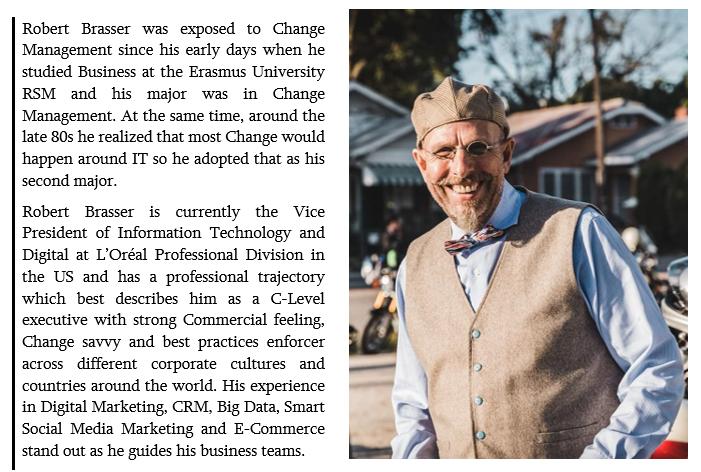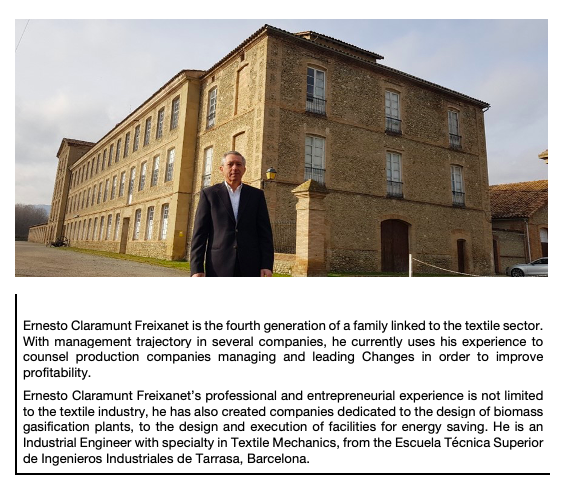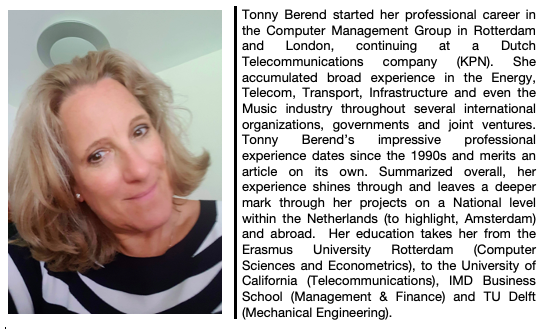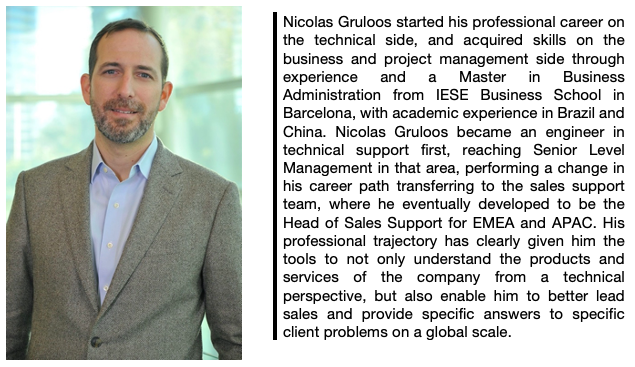At Q7 Consulting, we are aware that we live in times of uncertainty, and now more than ever Change Management and Leadership within organizations are essential concepts for success.
The people we interview are from all over the world, have outstanding career paths, have achieved success within their roles, have essential leadership traits, are influential within their organizations and have experience in implementing and managing Change.
In this sixth episode of our new series, we interviewed Paul Maya, CEO of Atos Mexico – North America who has more than 30 years of experience in the areas of Strategic Planning, Startups, Business Development, Operations and Information Technologies, with various roles and projects including business software design and development for manufacturing, transportation and retail industries. Paul has carried out the planning and startup of several large-scale Technology Centers in Mexico and South America, including all areas of technology for mission-critical infrastructure support and software development. He has also been responsible for the implementation of ISO certifications and compliance programs for different industries.
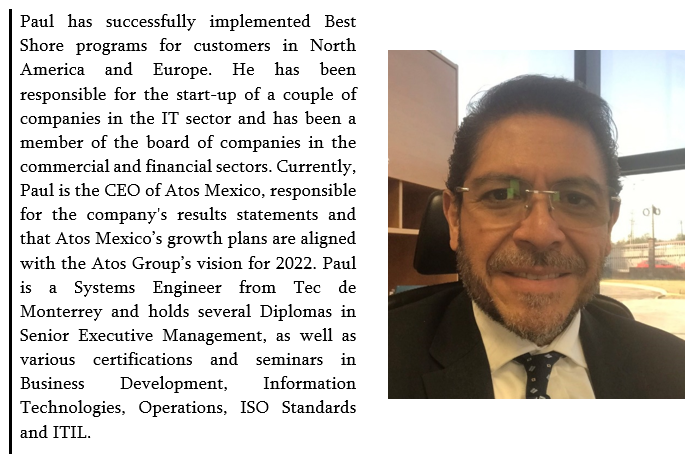
Please find below the questions and answers addressed in our interview with Paul Maya.
Continue reading “Change Management Interview: Paul Maya”
